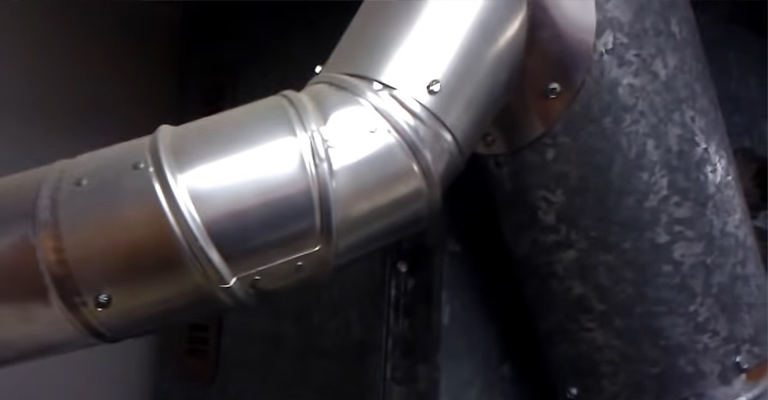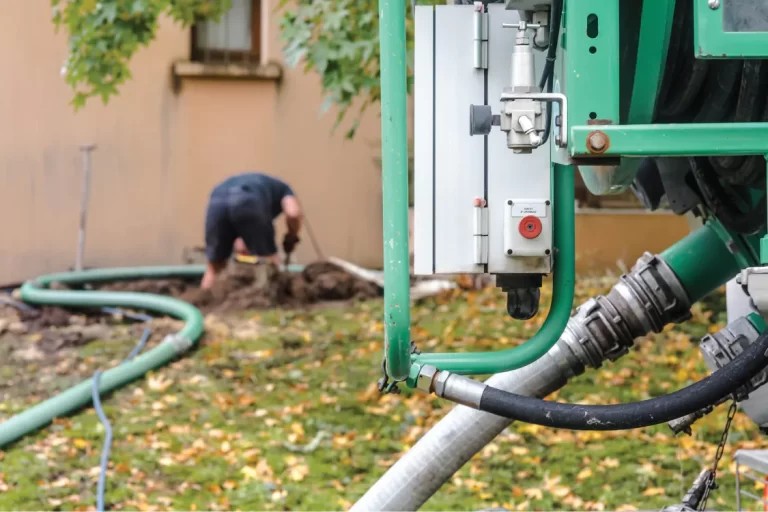Strut Replacement Cost: How Much Should You Expect to Pay?

When it comes to maintaining a vehicle, the suspension system is one of the most important components to keep in good condition. The strut, which is a crucial part of the suspension system, plays a significant role in ensuring a smooth and comfortable ride. However, like all vehicle parts, struts will eventually wear out and need to be replaced. This article will provide an overview of strut replacement cost and what factors can affect the overall cost.
The cost of replacing struts can vary depending on a few different factors. The type of vehicle, the make and model, and the location of the repair shop can all impact the overall cost. Additionally, the type of strut needed for the vehicle can also affect the price. Some vehicles require more expensive struts or may require additional parts to be replaced at the same time, which can increase the overall cost. Understanding these factors can help vehicle owners better estimate the cost of replacing their struts and plan accordingly.
Understanding Strut Replacement
What Is a Strut?
A strut is a suspension component that is found in most modern cars. It is a part of the suspension system that helps to absorb shocks and vibrations from the road. Struts are designed to be durable and long-lasting, but they will eventually wear out and need to be replaced.
Signs of Strut Wear or Failure
There are several signs that your car’s struts may be worn out or failing. One of the most common signs is a bumpy or rough ride. If you notice that your car is bouncing excessively or that you can feel every bump in the road, it may be time to have your struts checked.
Another sign of strut wear is uneven tire wear. If your tires are wearing out faster than they should be or if you notice that the tread is wearing unevenly, it could be a sign that your struts are not functioning properly.
Finally, if you hear a knocking or clunking noise when you go over bumps or rough roads, it could be a sign that your struts are worn out or damaged.
Strut vs. Shock Absorber
It is important to note that while struts and shock absorbers serve similar functions, they are not the same thing. Struts are a more complex component that includes a spring and shock absorber in one unit, while shock absorbers are a simpler component that only dampen the shocks and vibrations from the road.
Replacing struts can be more expensive than replacing shock absorbers because of their complexity and the fact that they are often sold in pairs. However, it is important to replace both struts at the same time to maintain proper balance and handling of the vehicle.
Overall, understanding the function and signs of wear or failure of your car’s struts is important for maintaining a safe and comfortable ride. If you suspect that your struts may be worn out or failing, it is important to have them checked and replaced if necessary.
Average Costs of Strut Replacement
Cost Factors
The cost of replacing struts can vary depending on a number of factors. Some of the key factors that can affect the cost of strut replacement include the make and model of the vehicle, the type of struts being used, and the location where the work is being done.
The make and model of the vehicle can play a significant role in determining the cost of strut replacement. Some vehicles require more labor and specialized parts to replace the struts, which can increase the overall cost of the job.
The type of struts being used can also impact the cost of replacement. There are a variety of different types of struts available, ranging from basic, budget-friendly options to high-performance models. The cost of the struts themselves can vary widely, with some high-end options costing several hundred dollars per strut.
Finally, the location where the work is being done can also have an impact on the cost of strut replacement. Labor costs can vary depending on the region, with some areas being more expensive than others.
Price Breakdown
On average, the cost of replacing a single strut can range from $200 to $600. This includes the cost of the strut itself as well as labor costs.
For a full set of four struts, the cost can range from $800 to $2,400. Again, this includes both the cost of the struts themselves and the labor required to install them.
It’s worth noting that some mechanics may offer package deals or discounts for replacing multiple struts at once. Additionally, some vehicle manufacturers may recommend replacing all four struts at the same time to ensure even wear and maximum performance.
Overall, the cost of strut replacement can vary widely depending on a number of factors. By understanding these factors and shopping around for the best prices, vehicle owners can ensure that they get the best value for their money when replacing their struts.
The Replacement Process
Preparation and Safety
Before starting the strut replacement process, it is essential to take some necessary precautions to ensure safety. The following steps should be taken:
- Wear protective gear such as gloves, safety glasses, and work boots to prevent any injury.
- Make sure the vehicle is parked on a flat surface and the emergency brake is engaged.
- Use jack stands to support the vehicle and prevent it from falling.
- Loosen the lug nuts on the wheel that needs the strut replacement.
Step-by-Step Replacement
Once the necessary precautions have been taken, the strut replacement process can begin. Follow these steps:
- Remove the wheel that needs the strut replacement. Use a wrench or socket to remove the lug nuts and take the wheel off.
- Locate the strut assembly and remove the bolts that connect it to the steering knuckle and the strut tower.
- Remove the old strut assembly and replace it with the new one. Make sure to use the appropriate torque specifications for the bolts.
- Reconnect the strut assembly to the steering knuckle and strut tower using the bolts.
- Reinstall the wheel and tighten the lug nuts to the manufacturer’s recommended torque.
- Repeat the process for the other side of the vehicle if necessary.
It is important to note that the strut replacement process may vary depending on the make and model of the vehicle. Always refer to the manufacturer’s instructions for specific details and torque specifications.
Overall, the strut replacement process may seem daunting, but with the right tools and precautions, it can be done efficiently and safely.

After Replacement Care
After replacing the struts, it is important to take good care of them to ensure they last as long as possible. This section provides some tips on how to maintain your new struts.
Post-Installation Inspection
After installing the new struts, it is important to inspect them thoroughly to ensure they are working properly. The following items should be checked:
- Check for any leaks or damage to the strut body or mounting hardware.
- Check the strut mounting bolts and make sure they are tightened properly.
- Check the strut alignment and make sure it is within the manufacturer’s specifications.
- Check the ride height and make sure it is correct.
If any issues are found during the inspection, it is important to address them immediately to prevent further damage to the struts or other components.
Maintenance Tips
To ensure your new struts last as long as possible, it is important to follow these maintenance tips:
- Avoid driving over potholes or rough roads as much as possible.
- Avoid overloading the vehicle as this can put extra stress on the struts.
- Have the vehicle’s alignment checked regularly to ensure the struts are not being subjected to excessive wear.
- Have the vehicle’s suspension system checked regularly to ensure all components are working properly.
- Follow the manufacturer’s recommended maintenance schedule for the vehicle.
By following these tips, you can help ensure your new struts last as long as possible and provide a smooth ride.
Frequently Asked Questions (FAQs)
Q: What is the typical price range for replacing both front struts on a vehicle?
A: The price range for replacing both front struts on a vehicle can vary depending on the make and model of the car, as well as the type of struts being used. On average, however, car owners can expect to pay anywhere from $400 to $800 for parts and labor.
Q: How much can I expect to pay for labor when having struts installed?
A: Labor costs for strut replacement can also vary depending on the shop and the location. On average, labor costs can range from $200 to $400 for both front struts. Keep in mind that some shops may charge more if additional work is needed, such as alignment or suspension repairs.
Q: What factors influence the cost of strut replacement for different car models?
A: Several factors can influence the cost of strut replacement for different car models, including the make and model of the car, the type of struts being used, and the labor costs in the area. Additionally, some car models may require more time and effort to replace the struts, which can also impact the overall cost.
Q: Is it more cost-effective to replace all struts at once or as they fail?
A: While it may be tempting to replace struts as they fail, it is generally more cost-effective to replace all struts at once. This is because replacing one strut can put additional strain on the other struts, causing them to wear out faster. By replacing all struts at once, car owners can ensure that their vehicle’s suspension is in good condition and avoid the need for additional repairs in the future.
Q: How do bad struts affect vehicle performance and safety?
A: Bad struts can affect vehicle performance and safety in several ways. They can cause the vehicle to bounce or sway excessively, which can make it difficult to control. Additionally, bad struts can cause uneven tire wear, which can impact the vehicle’s handling and braking ability.
Q: Can driving with worn-out struts lead to additional vehicle damage?
A: Yes, driving with worn-out struts can lead to additional vehicle damage. Over time, bad struts can put additional strain on other suspension components, such as the shocks and springs, causing them to wear out faster. This can lead to more expensive repairs down the road and even compromise the safety of the vehicle.
Conclusion
When it comes to replacing shocks and struts, understanding the full scope of costs involved is crucial for any car owner. The expense of strut replacement can vary widely, depending on whether you’re dealing with front or rear struts, the type of strut assemblies you choose, and related services like wheel alignment. Opting for a loaded strut, which combines the shock absorber with the coil spring and often includes a new bearing plate, can offer a more comprehensive solution.
This approach not only simplifies installation but may also enhance the overall performance and safety of your vehicle. Remember, after having your struts replaced, it’s imperative to have a wheel alignment done to ensure that your steering wheel remains centered and your ride smooth. Moreover, the choice between replacement shocks or a complete strut assembly, like the MacPherson strut for vehicles equipped with it, hinges on your vehicle’s specific needs and your budget.
While just the coil springs or shocks can be replaced, often the entire assembly needs attention to address wear and tear comprehensively. This is particularly true for rear struts, which can significantly affect your vehicle’s handling and comfort. Ultimately, investing in quality strut assemblies and ensuring proper installation, including a post-installation wheel alignment, are key to maintaining your vehicle’s integrity and performance. Whether you choose to replace shocks individually or go for a full strut assembly, these repairs can significantly impact your driving experience, steering precision, and vehicle safety.






